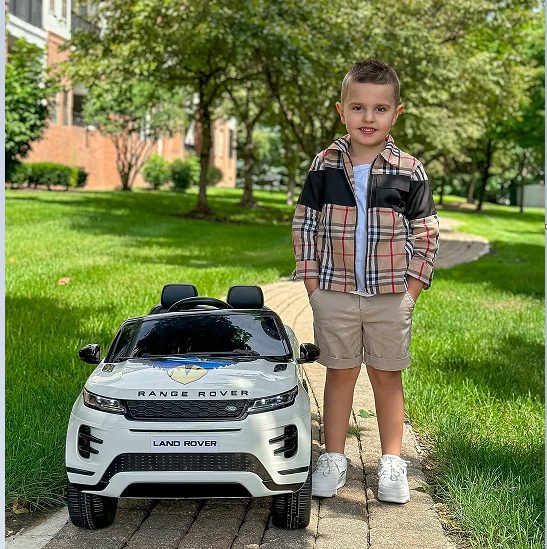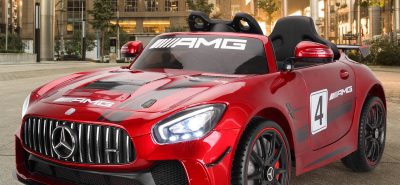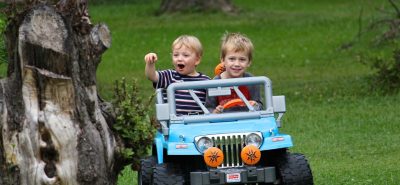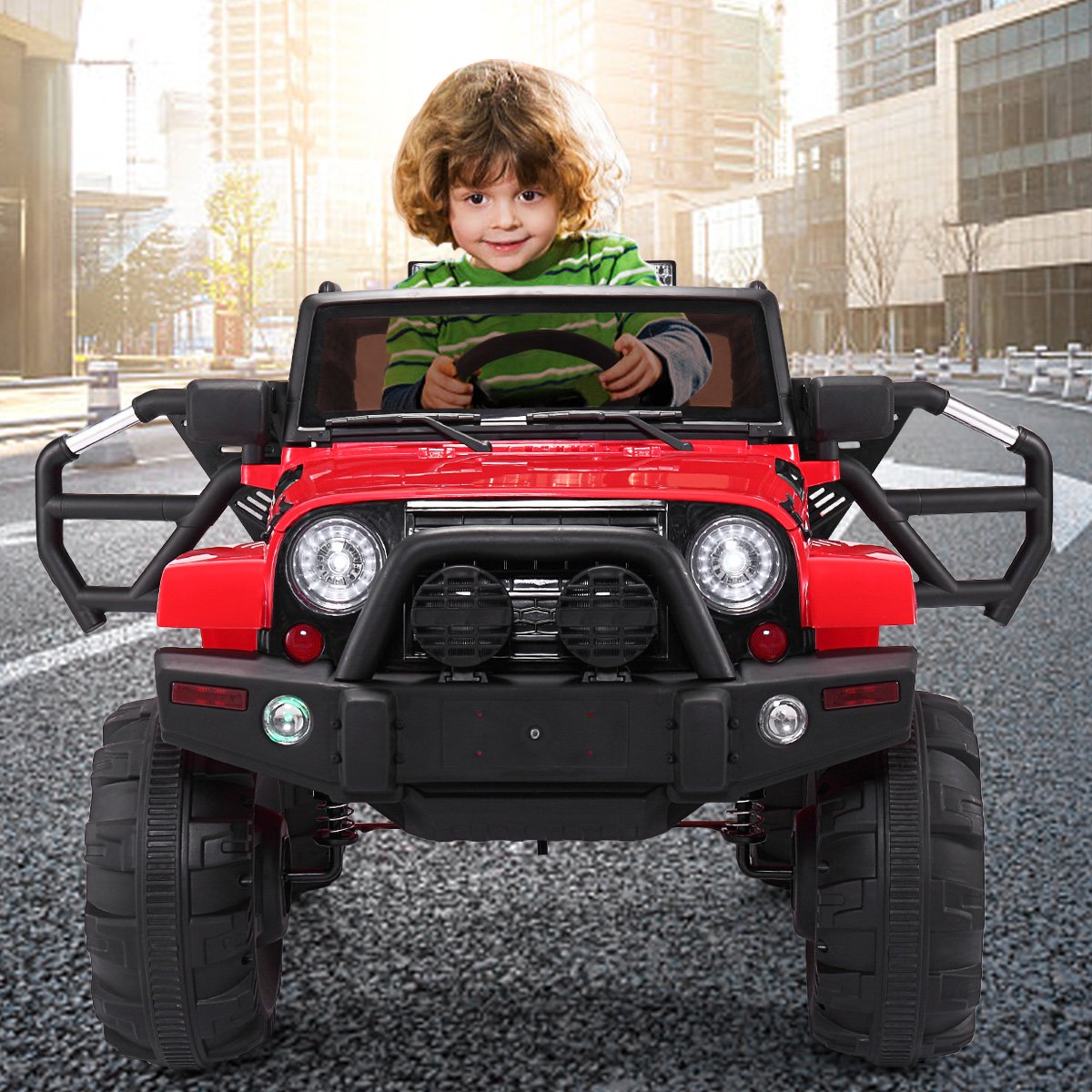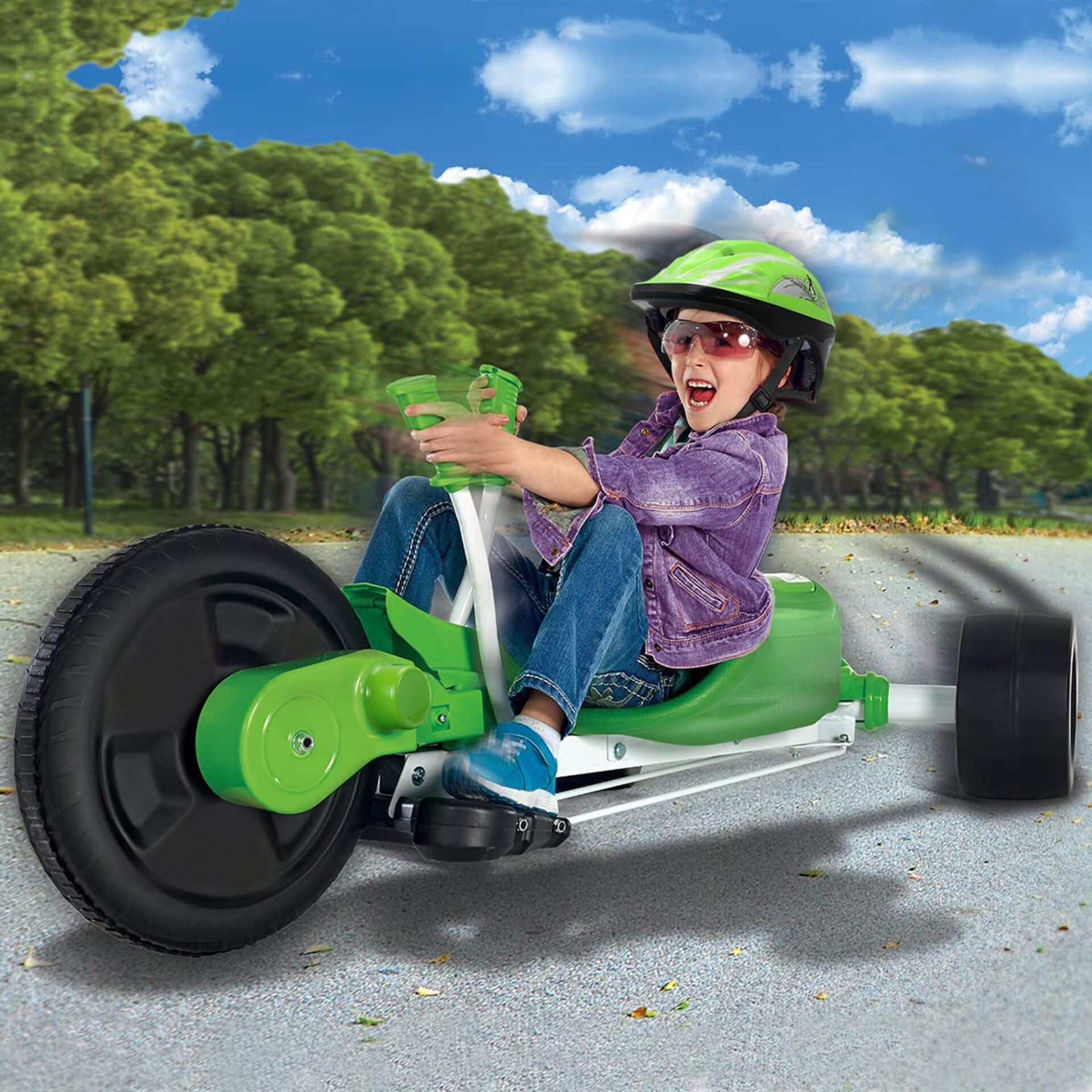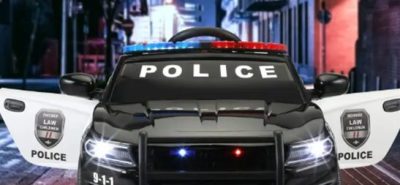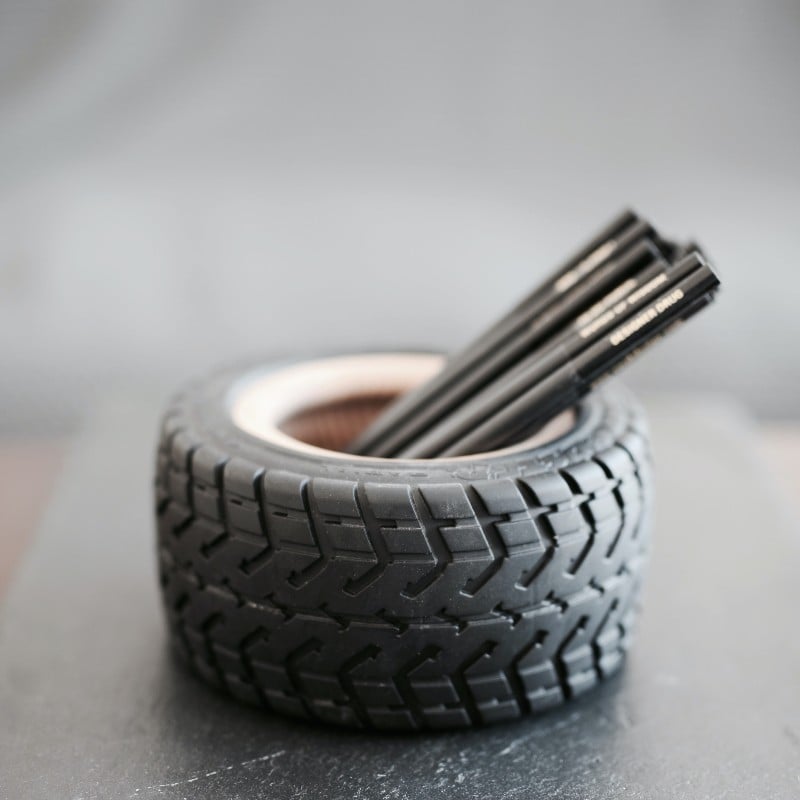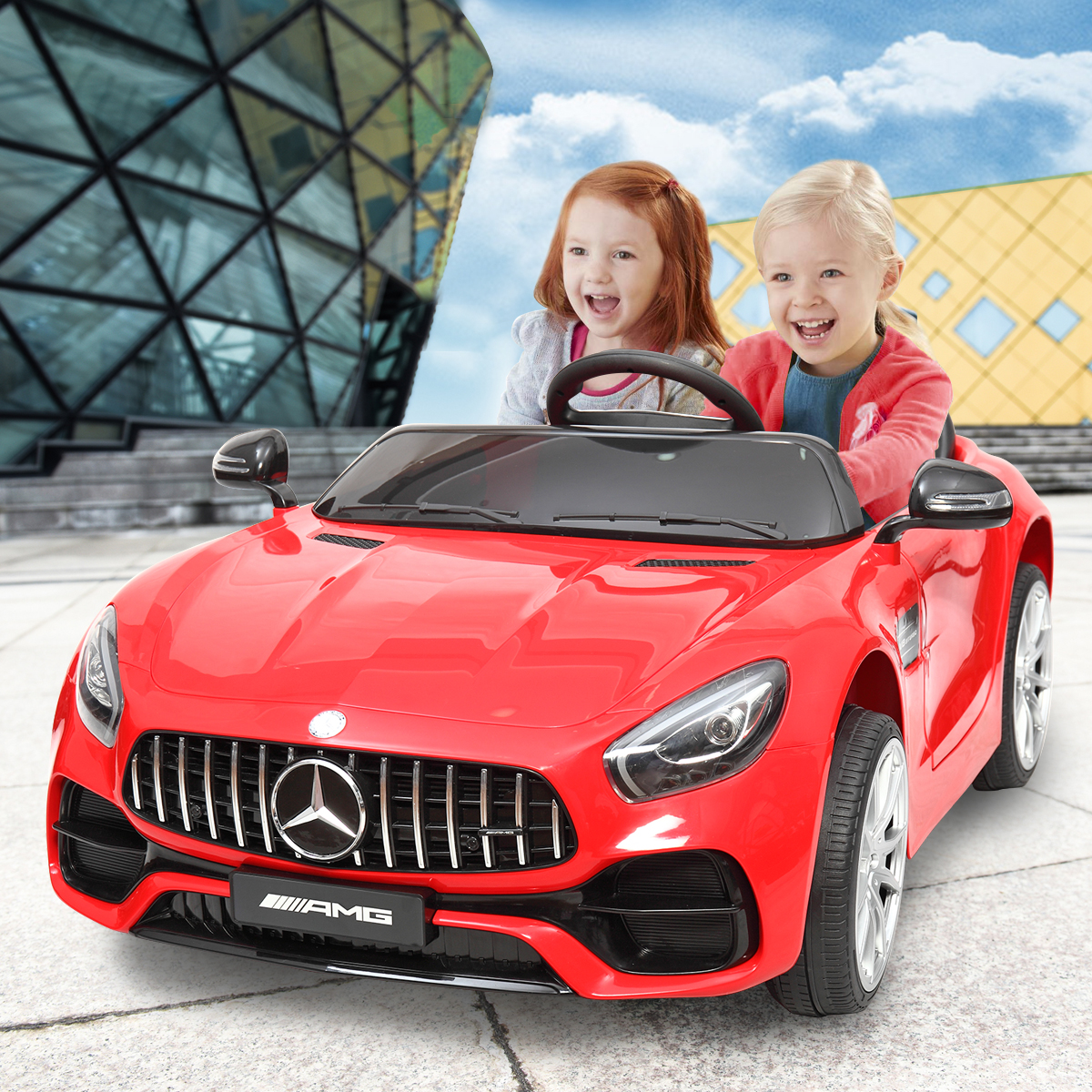History on the Development of Electric Ride-On Toys
We’re sure you’ve spent a lot of time online looking for fresh toy suggestions for a child’s forthcoming birthday or holiday if you have kids. By this point, you probably know more about the toy business than your own child. You’ve probably wondered the same thing we have, “Why weren’t toys this cool when I was a kid?” as a result of this.
It’s incredible how much technology has advanced while still being a child’s toy. Even if there has been an overall improvement, we wanted to take the time today to concentrate on the electric ride-on and how it has developed since it first appeared. So join us on this historical tour of the evolution of electric ride-on toys to discover how they came to be what they are today.
Humble Beginnings
An Italian business by the name of Peg-Pégero was the first to come up with the concept of the electric ride-on. When they first began doing business in the late 1940s, their primary product line was baby carriages. Over time, though, they gradually shifted their focus to making children’s riding toys. It only made sense that they would eventually model their toy vehicles after the automobile, one of the world’s most significant innovations.
Similar to motorcycles, these toy vehicles initially only had a simple pair of wheels and pedals. However, Peg-Pégaro quickly recognized that they could power these toys electrically to make them more like actual cars. They had the first electric ride-on in their hands, ready for the public to fall in love with, after adding a gel cell battery and a working motor.
Peg-Pégaro established Pines of America as a subsidiary when it was founded. They began selling toys bearing the Traffic Patrol and Trail Blazer brands under this firm. Even though the concept was brilliant, Peg-Pégaro struggled to effectively market it, which is why in the early 1980s they sold their subsidiary to Kransco. Power Wheels was quickly rebranded by the new owners, and it quickly became popular.
Upon realizing their error and after Power Wheels’ first success, Peg-Pégaro attempted to reenter this market. They were a fierce competitor with goods like their miniature John Deere tractors, even though they never achieved the same level of success as their old subsidiary.
Even though Power Wheels had three distinct designs and many more on the way in the middle of the 1980s, it wasn’t without its drawbacks. Because of short circuits and overheating problems, many of their early devices had to be recalled. All of these could have been fixed, but when it comes to someone’s children, the anxiety over potential risks is much greater.
Additionally, Power Wheels failed to live up to the advertising hype. In contrast to how quickly and easily they moved on television, ride-ons frequently found it difficult to maneuver on a fully flat surface.
Kids continued to ask for them in spite of this, and demand increased. In fact, Kransco performed so well that Mattel eventually took notice in the mid-1990s and acquired the entire company for about $250 million. The Power Wheels brand was eventually incorporated into Fisher-Price, a company that specialized in various children’s toys. Today, it is still there.
Eventual Parental Involvement
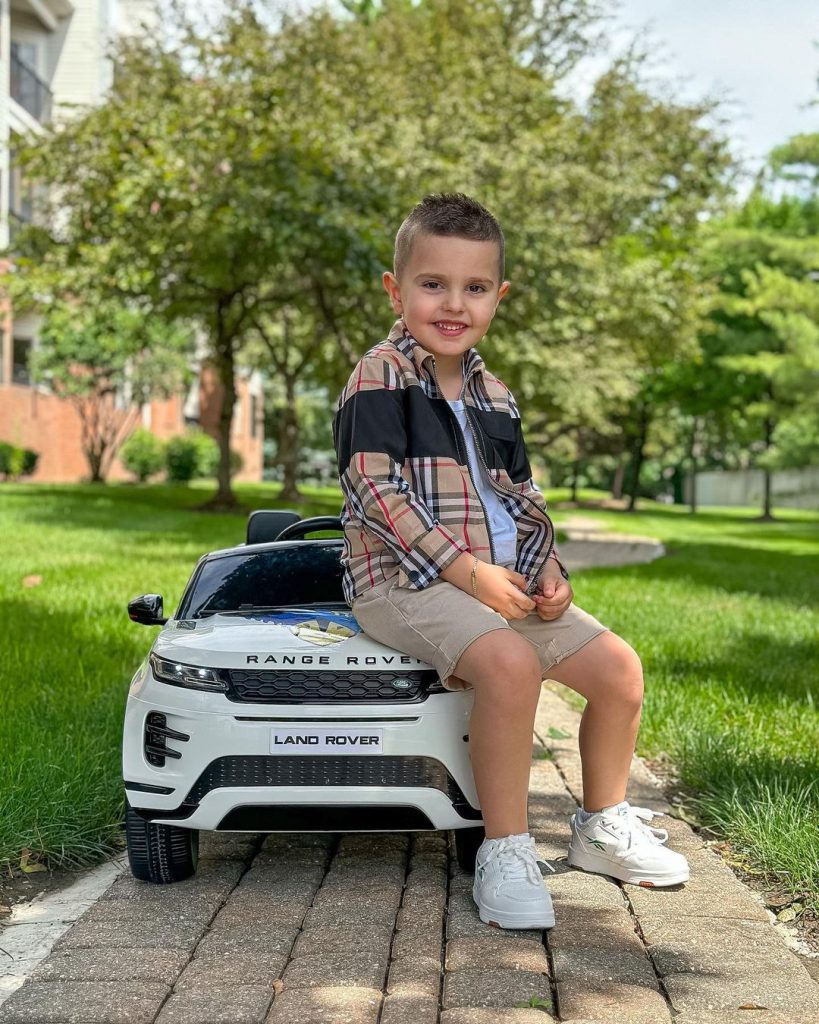
The fact that these toys don’t last very long is unquestionably their worst flaw. By the time they are five or six years old, the majority of children have outgrown them, and unlike motorcycles, they aren’t as easily customized to endure throughout childhood. As a result, parents are left with a huge toy in the garage that they either have to give away, get rid of, or keep for when they eventually have another child.
On the other hand, some parents enjoy using these toys that are obviously designed for kids. Since their children were riding these ride-ons, they were never able to play around with them; however, now that they are unused, the parents may enjoy themselves.
Extreme Barbie Jeep Racing and Rednecks with Paychecks are two tournaments where grown people race these little cars along a rocky dirt road against rivals as a result of this desire to use a child’s toy for amusement. These tournaments exposed parents to the fun of these gadgets, however they nearly always end in a spectacular accident or a broken ride-on.
The Surge of the Internet
That leads us to the recent explosion in popularity of these little gadgets. In a world where parents are increasingly active with these toys, you can search YouTube and find thousands of videos of parents modifying their child’s ride-on to make it better.
Parents make improvements like adding more powerful batteries, connecting neon light strings, and even installing sound systems. In this manner, their children will appear cooler and experience driving a real car. Of course, the Internet is to be credited for making this all feasible, as it allows for the rapid dissemination of wonderful ideas rather than having to wait years.
Where We’re at Today
However, these concepts don’t just apply to other parents. For parents who don’t want to modify the toy cars themselves, companies like ours have also drawn inspiration from these movies to create their own line of items that already have these ideas preloaded.
These machines now include capabilities like Bluetooth connectivity and functional illumination, which considerably raise their worth. To provide youngsters the ability to do anything they might possibly want to while driving their toy car around, we have even gone as far as manufacturing ride-on automobiles with screens. Why can’t we have these if Tesla automobiles can?
Ride-on toys have advanced significantly since their inception, despite the fact that their development doesn’t have the same rich and extensive history as some other kids’ toys available today. Whether the advancements come from us or someone at home with a YouTube channel, we are quite optimistic about the future of these small cars. In this booming market for kids’ ride-on toys, the options are boundless.
